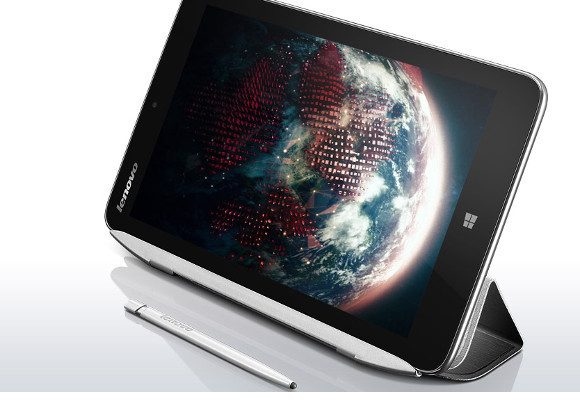According to a report, the rumored 8-inch “Surface mini” tablet is indeed real—although Microsoft has no plans to ship it. And that’s probably because you wouldn’t be interested in buying it, anyway.

Although Microsoft has marketed the Surface line of tablets as productivity devices, the Surface mini is powered by Windows RT, running on top of just 1GB of RAM. Those specs were provided by Neowin, which said it’s actually held and tested as Surface mini—although Neowin’s source forbade photographs.
That would essentially make the Surface mini a device for consuming content—and in limited fashion, as there simply aren’t too many applications written specifically for Windows RT these days. Any available apps would have to run on that anemic 1GB of RAM, which is less than what you’ll find in some smartphones these days.
The cut-down specs are also less powerful than what other tablet manufacturers announced earlier this year. At CES, for example, Asus announced the VivoTab Note 8, powered by an Atom processor, Windows 8.1, and 2GB of RAM, and costing about $250 online. Since then, however, the trend has been to use Intel’s Atom Z3735G processor on tablets like the Acer Iconia Tab 8W, which supports only 1GB of RAM. Although per-application performance may not suffer, there are sure to be limits on how many tabs or apps you can have open at any one time.
The problem for hardware makers, however, is that even with Microsoft’s decision toeliminate licensing fees for sub-9-inch devices, Windows tablet makers face steep competition from Android tablet makers, who aren’t afraid to use inexpensive ARM processors to reduce prices further.
Finally, there’s there the issue of demand. Lenovo recently discontinued its 8-inch Windows tablets in the U.S., noting stronger interest in larger-size models. The company emphasized it wasn’t pulling out of the category permanently, so that could indicate a retrenchment. Other manufacturers, including Microsoft, could also be reassessing their options.
A Surface mini wouldn’t be a single-purpose device, although Neowin approvingly mentions that a Surface mini would be an excellent OneNote machine—and it comes with a stylus, too. Netflix has written a version of its app for Windows RT machines, and web apps would make up for other deficiencies. Still, a small screen, limited memory, and the Windows RT OS would make for a tough sell. And with Microsoft’s recent efforts to trim the fat, it would seem that killing the Surface mini would be one of Microsoft’s easier decisions.




